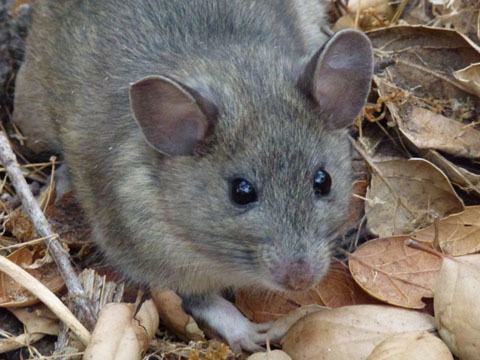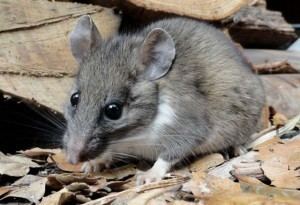Genus Neotoma Rank Species | Phylum Chordata Scientific name Neotoma fuscipes Higher classification Pack rat | |
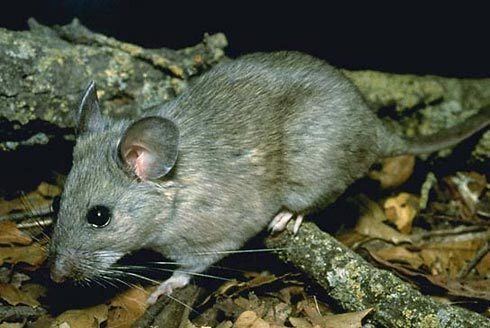 | ||
Similar Pack rat, Bushy‑tailed woodrat, Mammal, Rodent, Desert woodrat | ||
Dusky footed woodrat
The dusky-footed woodrat (Neotoma fuscipes) is a species of nocturnal rodent in the family Cricetidae. They are commonly called "packrats" or "trade rats" and build large, domed dens that can reach several feet in height. Coyotes and other predators will attempt to prey on these rodents by laying waste to the dens, but the sheer volume of material is usually dissuasive. Occasionally, dusky-footed woodrats will build satellite dens in trees. Although these animals are religiously solitary, except in the mating season (when they are most vulnerable to predation), dens are frequently found in clusters of up to several dozen, forming rough "communities". The mating system in this species appears to be variable, with promiscuity most generally at high population densities and monogamy at lower densities.
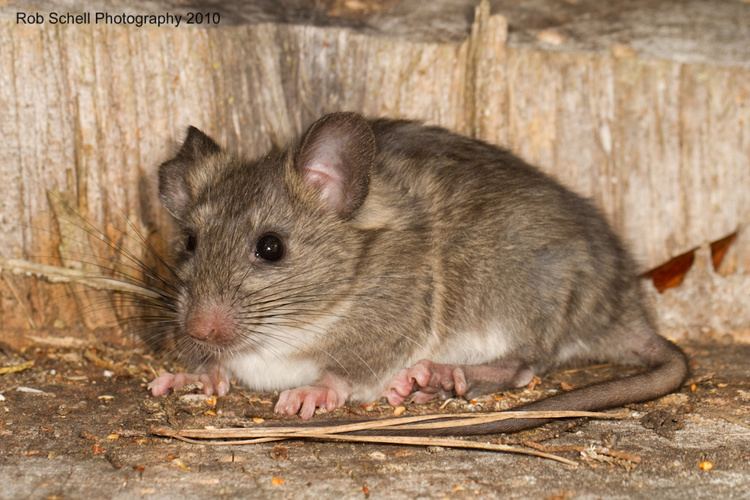
They are similar in appearance to the common rat species Rattus rattus and Rattus norvegicus, but with larger ears and eyes, softer coats, and furred tails. The California mouse, Peromyscus californicus, which has similar distribution, is sometimes found living in woodrat dens. Dens contain a nest and up to several "pantry" chambers which are used to store leaves and nuts for future consumption.
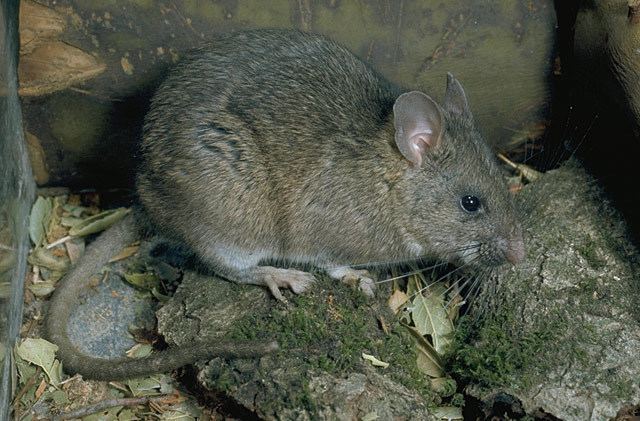
Dusky-footed woodrats of California have been found to selectively place California bay leaves (Umbellularia) around the edges of their nest within their stickhouses to control levels of ectoparasites such as fleas. The leaves contain volatile organic compounds which are toxic to flea larvae. Among the terpenes most toxic to flea larvae in the bay leaves are umbellelone, cineole, and cymene. Wood rats are believed to have evolved this behavioral adaptation to cope with the environmental stresses posed by ectoparasites.

The species is found in Mexico and the United States.
